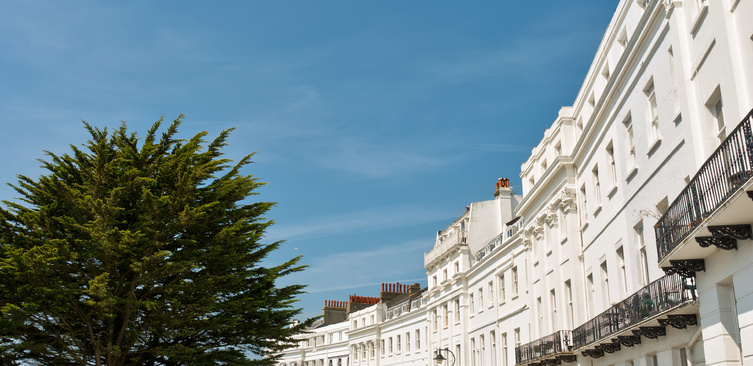
Commonhold is a little used or known about form of ownership. It was introduced in 2002 by the Government, but it did not take off as a concept. There are less than 20 commonhold-owned buildings in England & Wales. As a “commonholder” you own the freehold of the physical flat and everything in it, unlike leasehold which is a long term rental agreement to use the flat, rather than ownership of the flat itself. A commonhold lasts for as long as the commonhold association does so it does not expire after a period of time like a lease.
Each flat will be owned on a freehold basis. The flat will be part of a bigger building with other flats, collectively known as commonhold. There is no lease or other contract for the flat, allowing more flexibility than a leasehold property.
In addition to the flats, there will be communal areas (like the staircase, roof, foundations, gardens or parking), which are owned and managed by the Commonhold Association. Only a commonholder can belong to the Commonhold Association. The Commonhold Association has a “Commonhold Community Statement” (the “CCS”), which sets out how the building should be managed. It is similar to a lease but usually less restrictive.
A commonholder will own a commonhold flat and be a member of the Commonhold Association which owns the communal areas.
Our team is actively involved with the commonhold government reforms and we are familiar with the current commonhold system. We have also assisted in reviewing the Commonhold Edition on behalf of LexisNexis, a useful resource on commonhold. If you are looking to sell or a thinking of buying a commonhold unit, we can assist with the conveyancing.
We also provide inhouse training to lawyers, managing agents, valuers and other professionals who are keen to expand their knowledge of commonhold. This includes everything from what commonhold is, dispute resolution and residential conveyancing. We also have a written series "commonhold versus leasehold" which helps to explain the difference by reference to leasehold.
There are only 2 ways to achieve commonhold. Firstly, when the building is built, the developer may opt to sell it on a commonhold basis (which is extremely rare). Secondly, the building can be converted to commonhold, but only if the freeholder, the leaseholders and all mortgage companies consent to it. As there has to be unanimous agreement, this presently makes converting from leasehold to commonhold very difficult, particularly in large blocks. The government are currently reviewing commonhold with a view to relaxing the rules and making the conversion process easier in future whilst making it more attractive to set up a commonhold for new developments.
We can also assist if you own a commonhold already and have a dispute or queries that you need help with.
We are fully transparent with all of our costs and disbursements. We will confirm these with you together with the process and timeframes in advance of incurring any costs. We provide details of sample costs on the "our charges" page for debt collection, conveyancing and for wills and probate. Please contact us for further information on costs.
The commonhold system is in the process of being reformed to make it more accessible and more popular as a form of property ownership. Please see our Articles page for the latest on these reforms and our Reforms page for an overview of the law making process.